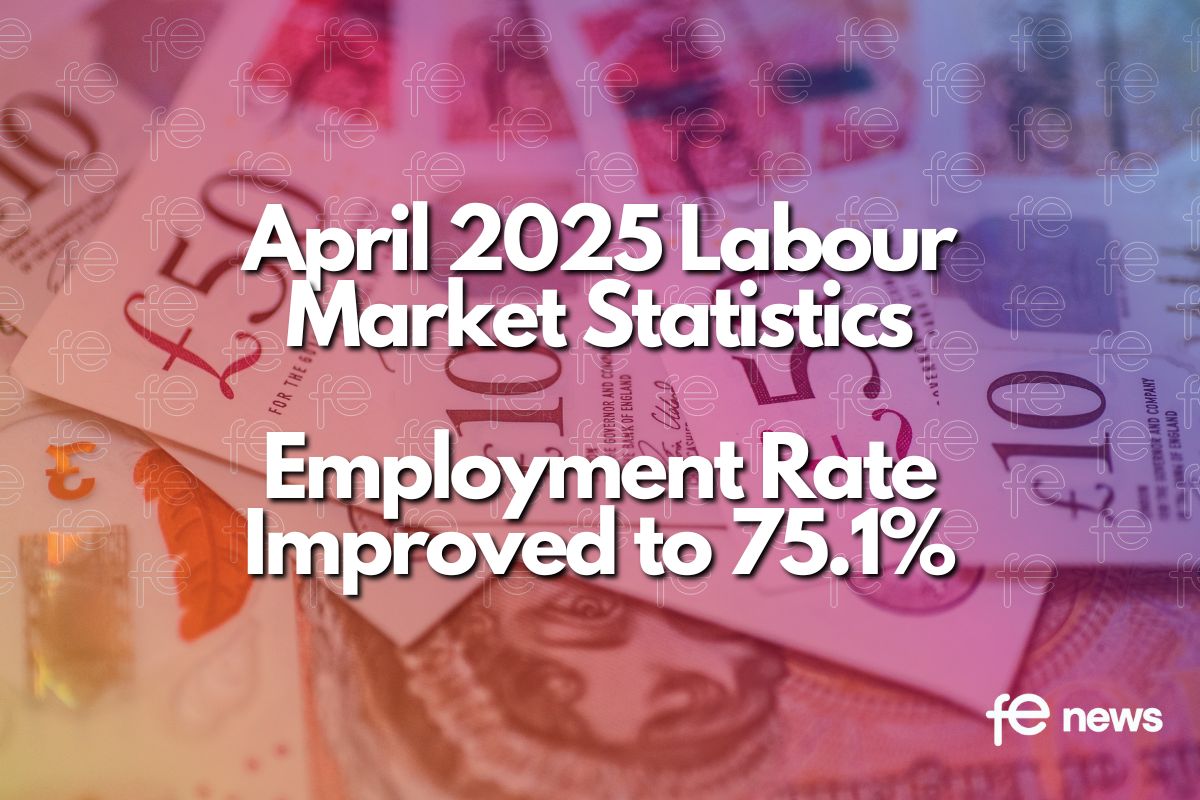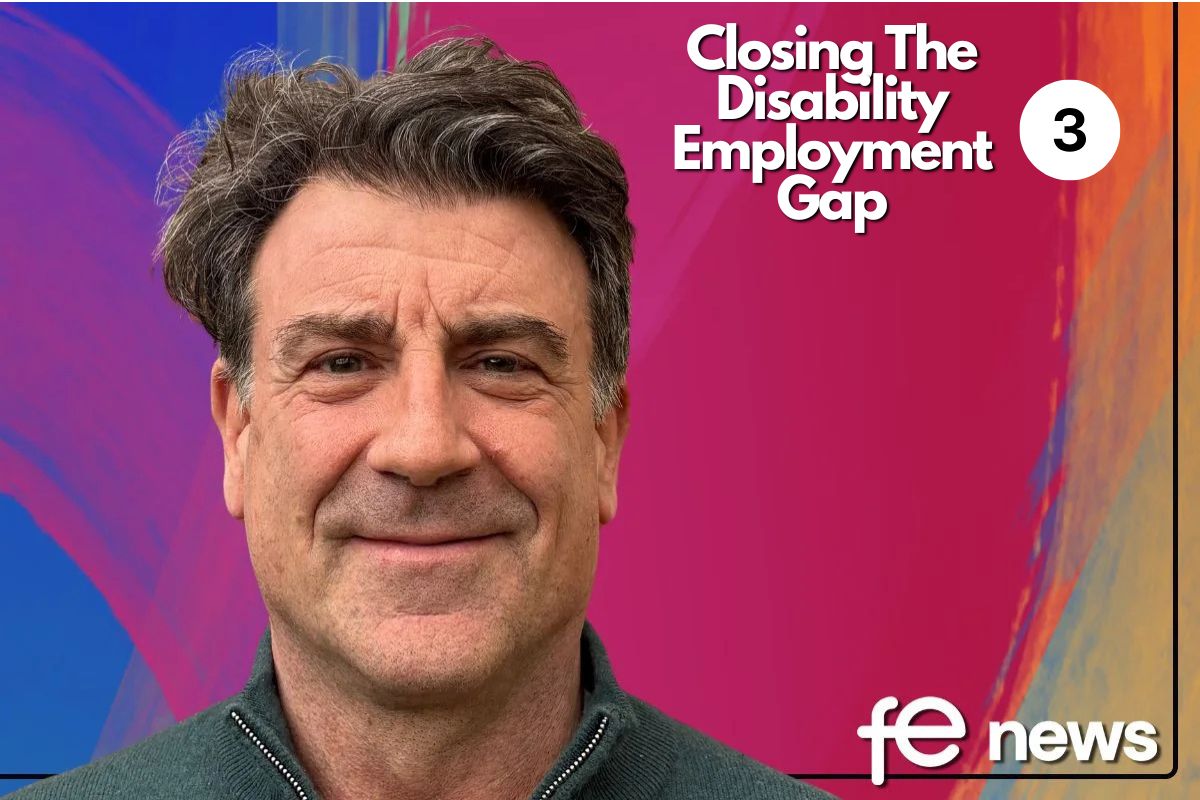Wage growth in Europe starting to slow, allaying fears of wage-price spiral

- Growth in posted wages remained high in the euro area and the UK in November, but show early signs of surpassing a peak
- Average wage growth across six euro-area countries analysed falls for the first time in 19 months
- More pronounced UK slowdown, with wage growth falling from 6.2% to 6.1%, continuing its slide from the peak of 6.4% in June
- Lower-paid jobs see the biggest slowdown in wage growth in the US and the UK
Following a period of accelerated wage growth in the euro area, UK and US in 2022 as the labour market recovered from the pandemic, new data shows this could be coming to an end.
The second installment of the Indeed Wage Tracker, released today, provides monthly insights into wage growth in job postings across seven European countries, and now the US. The new data shows that year-on-year growth remains high at 6.1% in the UK, 6.5% in the US, and 5.1% on average across the six euro-area countries tracked. However, the latest UK and US figures are below their early-2022 peaks of 6.4% and 9%, respectively.
The slowdown is especially noteworthy in the US. Indeed found that, at the current rate, posted wage growth in the US could return to its pre-pandemic rate of 3-4% by the second half of 2023.
In Europe, employment-weighted average wage growth in the six euro-area countries tracked by Indeed slowed for the first time in 19 months, from 5.2% in October to 5.1% in November. The slowdown is most apparent in Ireland, Italy and the Netherlands, while France, Germany and Spain are holding fairly steady.
Wage growth in Europe appears to be peaking at a rate well below consumer price inflation. Instead, it is tracking core inflation, which excludes food and energy. In other words, wage increases appear to overlook fast-rising food and energy prices, perhaps because those shocks are perceived to be temporary.
Wages have decelerated most in low-paid jobs
Rising wage growth was strongest in lower-paid jobs, consistent with post-pandemic labour shortages in many non-remote occupations in which face-to-face contact is common and, jobs that tend to be lower-paid. However, Indeed data shows that since then, lower-paid jobs have seen the biggest slowdown in wage growth in the US and the UK.
The picture is more mixed in the euro area, where pay gains are still accelerating in high-wage jobs. In contrast, in low-wage jobs, wage growth fell from 5.9% in October to 5.8% in November, while growth for middle-wage jobs fell from 5.1% to 4.8%.
Pawel Adrjan, Director of EMEA Economic Research at Indeed commented:
“Although neither our tracker nor the aggregate employment and unemployment figures suggest a significant labour market weakening in any of the countries we follow, posted wages may be significantly forward-looking. Their slowing growth hints the uncertain economic outlook could be starting to weigh on labour markets, consistent with the slight decline in job vacancy rates in Europe.
“It is too early to say whether these small shifts represent a turning point for wage growth, however they do point to the risk of wage-price spirals being limited. These trends could lead to a moderation of worker wage demands in 2023, even as inflation remains high.”










Responses